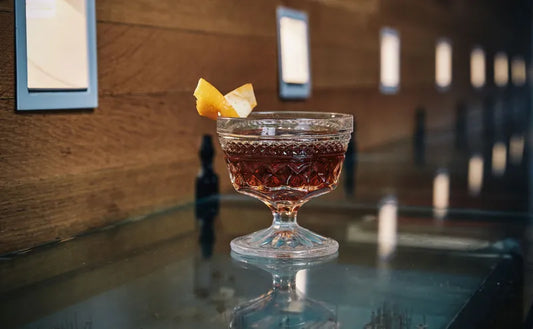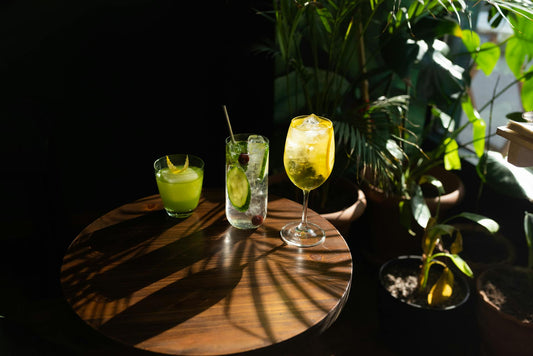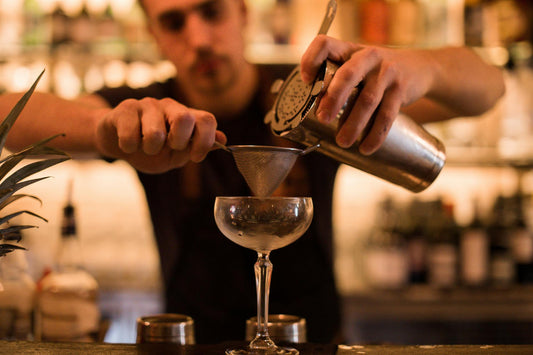Non-Alcoholic Piña Colada: Tropical Refreshment for Everyone
SWEET to SOUR
(1-10)
STRENGTH
(1-10)
CALORIES
STANDARD
DRINKS
Note: these values are approximate and may vary dependent on the ingredients and brands you use.
More information...
The Piña Colada is a tropical delight that evokes images of sun-soaked beaches, swaying palm trees, and the gentle sound of waves lapping at the shore. Traditionally known as a cocktail that combines rum, coconut cream, and pineapple juice, the non-alcoholic version of this beloved drink offers all the creamy, fruity goodness without the buzz. This makes it an ideal choice for those who prefer to enjoy a refreshing beverage without the effects of alcohol, whether for personal preference, health reasons, or simply to enjoy a delicious drink at any time of day.
To create a non-alcoholic Piña Colada, you will need a few simple ingredients: 120 ml of pineapple juice, 45 ml of cream of coconut, 22.5 ml of single cream or half-and-half, and 22.5 ml of whole milk. The combination of these ingredients results in a rich and creamy texture that is both satisfying and indulgent. The pineapple juice provides a sweet and tangy base, while the cream of coconut adds a luscious, tropical flavor that is synonymous with the Piña Colada experience. The addition of single cream and whole milk enhances the drink's creaminess, making it a decadent treat.
The preparation of this delightful beverage is straightforward and quick. Begin by combining the pineapple juice, cream of coconut, single cream, and whole milk in a shaker. The next step is to add ice and shake the mixture vigorously until it is well chilled. This not only cools the drink but also helps to blend the flavors together harmoniously. Once shaken, strain the mixture into a glass, and you have a beautifully presented Piña Colada ready to be enjoyed.
One of the most appealing aspects of the non-alcoholic Piña Colada is its versatility. It can be enjoyed as a refreshing drink on a hot summer day, served at a family gathering, or even as a delightful treat for children who want to partake in the fun of a tropical drink without the alcohol. With approximately 400 calories per serving, it is a rich beverage, but it can be a wonderful indulgence when enjoyed in moderation.
In terms of taste, the non-alcoholic Piña Colada leans towards the sweet side, with the pineapple juice and cream of coconut providing a delightful sweetness that is balanced by the creaminess of the dairy components. The drink is not only a feast for the palate but also a visual treat, often garnished with a slice of pineapple or a maraschino cherry, making it a perfect addition to any festive occasion.
Interestingly, the Piña Colada has a rich history, originating from Puerto Rico in the 1950s. It has since become a symbol of tropical paradise and relaxation. The non-alcoholic version allows everyone to partake in this cultural experience, making it a drink that transcends age and preference.
In conclusion, the non-alcoholic Piña Colada is more than just a drink; it is an experience that brings a taste of the tropics to your glass. Whether you are lounging by the pool, hosting a summer barbecue, or simply craving something sweet and creamy, this drink is sure to transport you to a sunny beachside retreat, all while keeping things light and alcohol-free.



